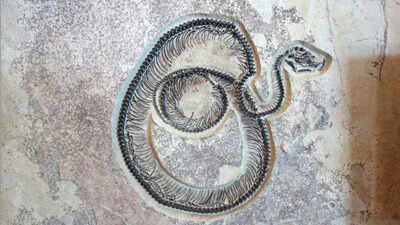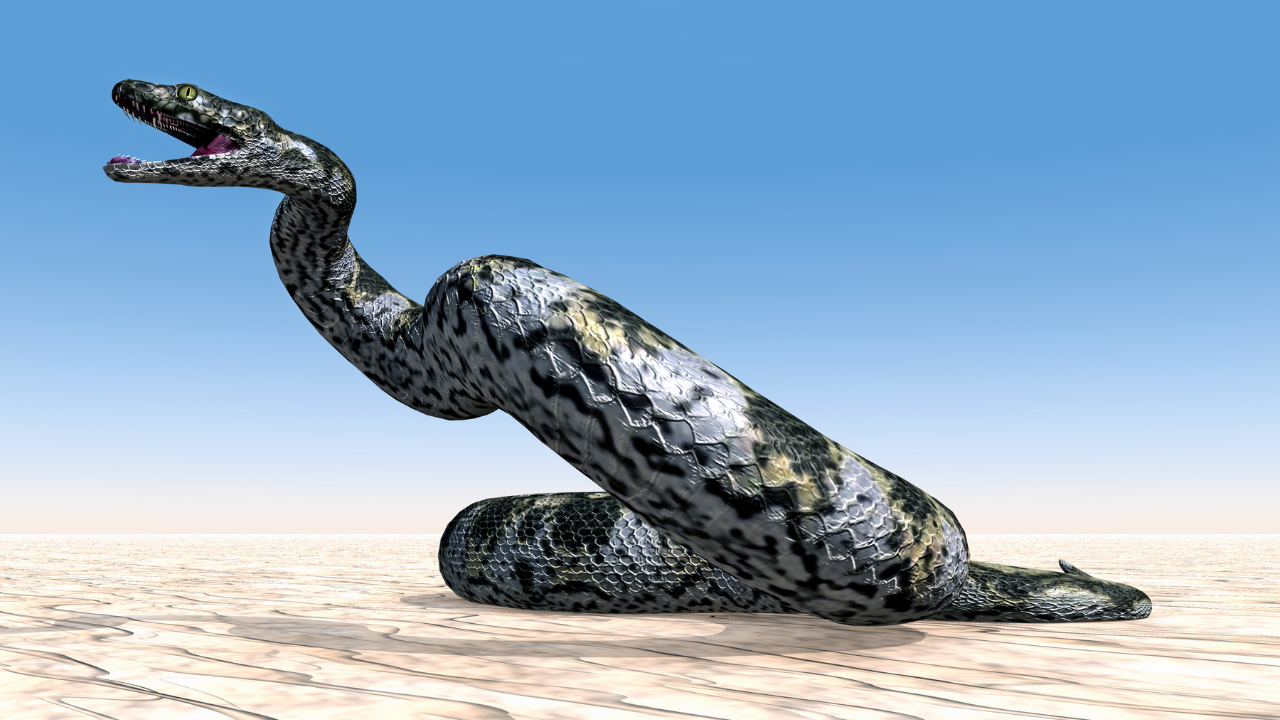ARTICLE AD BOX

Recent fossil discoveries have ignited a debate over the largest snake ever. Titanoboa, unearthed in Colombia, stretched up to 50 feet and possessed immense crushing power. However, Vasuki indicus, discovered in India and named after a Hindu serpent deity, may have been even longer, reaching 49 feet.
Snakes have been around for millions of years, silently slithering through the world’s forests, swamps, and deserts. While today’s snakes can certainly be intimidating, like the massive anaconda or the reticulated python, prehistoric snakes were on a whole different level.
Long before humans arrived, giant serpents ruled the Earth, growing to lengths that boggle the mind.Two of the most exceptional and outstanding fossil discoveries in recent history have led to a debate, which was the largest snake to ever live, Titanoboa, the South American monster, or Vasuki indicus, the one from India?Both of these ancient giants lived millions of years ago, and their fossils have provided unique information about prehistoric ecosystems.
The Battle of the Giants: Vasuki Indicus vs Titanoboa
Titanoboa
Titanoboa cerrejonensis was discovered in the Cerrejón coal mines of Colombia in 2009. This massive creature lived about 58–60 million years ago, right after the dinosaurs went extinct.Fossil experts like Jonathan Bloch from University of Florida and Carlos Jaramillo, Smithsonian Tropical Research Institute) led the discovery and analysis. At first, scientists mistook the bones for a giant crocodile, but soon realized they had uncovered something far more incredible.
According to the Florida Museum of Natural History, Titanoboa was around 42 to 50 feet long and weighed more than a ton. Its vertebrae were nearly twice the size of those in today’s largest snakes.This beast wasn’t venomous, as it didn’t need to be. It had an insane crushing power of about 400 psi, similar to a crocodile bite. Titanoboa was a semi-aquatic predator, likely feeding on huge fish in warm tropical rivers.

Titanoboa
Vasuki Indicus
Researchers discovered these massive snake fossils back in 2005, in the Kutch district of Gujarat, India, where they found 27 massive snake vertebrae in the Panadhro Lignite Mine.
It took nearly a decade of study before they realised that they had found a completely new species, and possibly the largest snake ever.In April 2024, researchers officially announced the discovery of Vasuki indicus in a study published in Scientific Reports.
According to Sunil Bajpai, chair professor at IIT Roorkee, “At first, I thought it was a crocodile because of the size. But after studying it in detail, it turned out to be the biggest in its family.”Named after Vasuki, the divine serpent from Hindu mythology, this snake may have reached up to 15 meters or 49 feet in length, which is slightly longer than Titanoboa. It belonged to the now-extinct Madtsoiidae family, and unlike Titanoboa, it was terrestrial, probably living in coastal swamps. “It was a slow-moving ambush predator, similar to modern anacondas,” said the researchers.
Who was bigger?
While Vasuki indicus may take the crown for length, Titanoboa still wins in terms of bulk and weight. Titanoboa’s bones suggest a stronger and muscular build, meaning it was probably heavier and stronger overall.Both Vasuki and Titanoboa were truly huge, dominating their ecosystems and giving a new perspective on what we thought was possible for snakes. But Vasuki Indicus was longer than Titanoboa in length



.png)
.png)
.png)
















 1 hour ago
2
1 hour ago
2









 English (US) ·
English (US) ·